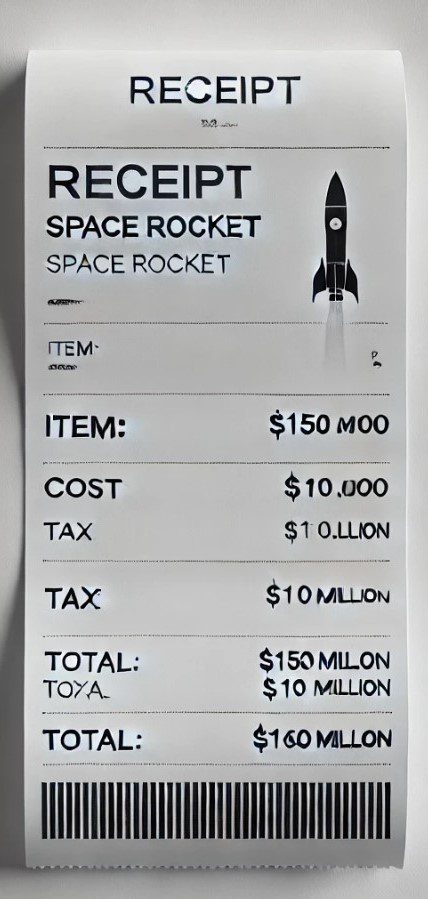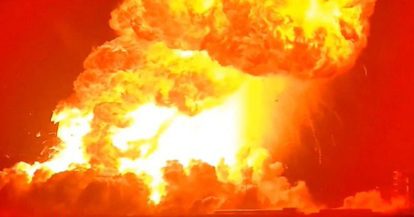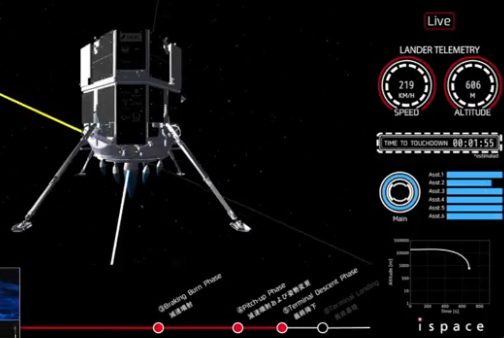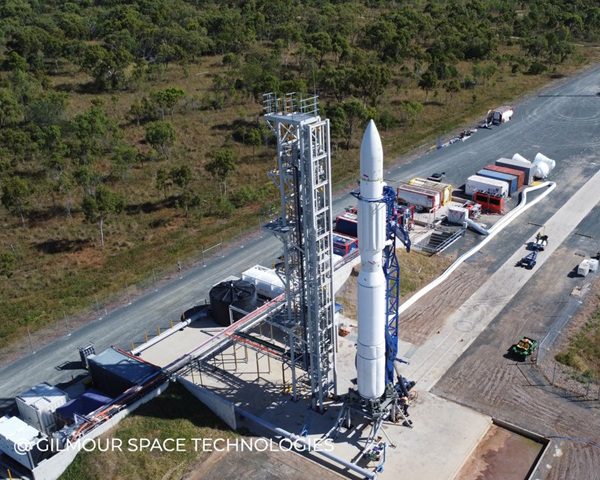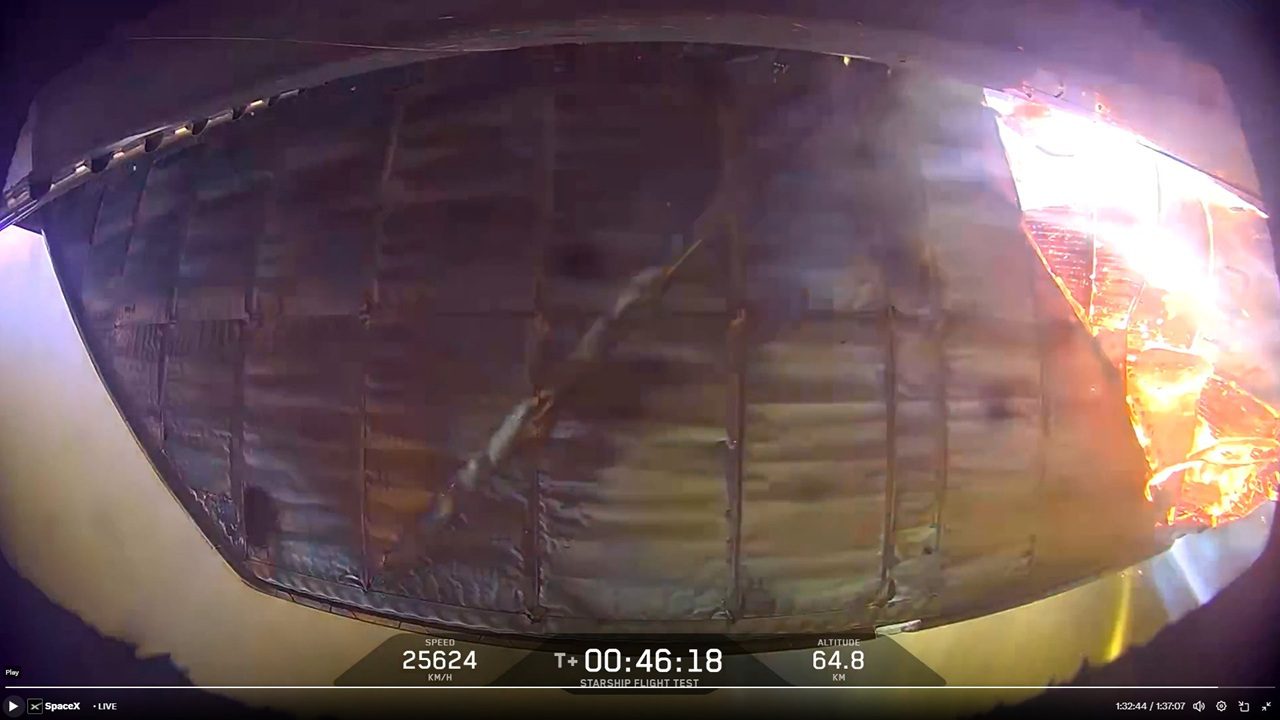Space News reports that, after a long wrangle between the French and German sides over the future of Europe’s launch vehicles, it has now been decided that Europe will develop only the new Ariane 6 launch vehicle, and that Ariane 5 ME (Midlife Evolution) upgrade will be cancelled. Final details of the plan will be ironed out at an ESA ministerial meeting in December.
The original “Eurofudge” plan was to use a new restartable LOx/hydrogen burning Vinci engine on a new upper stage to give Ariane 5 a 20% uplift in payload capacity to GTO (Geosynchr0nous Transfer Orbit) while, at the same time, to move forwards with the development of Ariane 6 using a separate version of this upper stage and Vinci engine, along with solid rocket first/booster and second stages. However, after criticism of the Ariane 6 concept from many quarters (especially commercial satellite operators), it was realised that while the Ariane 5 ME upgrade would be relatively cheap at circa €1 billion, it would deny some funds for the Ariane 6 project and would be time consuming.
As such, ESA and Arianespace decided that would be wiser to move directly to Ariane 6, and cancel the Ariane 5 ME upgrade altogether. The new Ariane 6 development is expected to cost €4.3 billion with the first launch taking place in 2020.
All this happened after a rethink resulted in a change in the configuration of the Ariane 6 with a move to an all-liquid first and second stage core, with solid boosters for lift-off. The second stage would still use the highly efficient Vinci engine – an engine, by the way, that is being considered for use by NASA’s interplanetary SLS launcher. This configuration change was followed shortly afterwards by a new industrial strategy of putting all the Ariane rocket manufacturing in one company co-owned by Airbus DS and Safran.
According to Brigitte Zypries, Germany’s Space Minister, the new Ariane 6 design will use technology from the mainly Italian-built Vega launch vehicle for its solid boosters. The baseline two Vega-derived solid rocked boosters would be attached to the Ariane 6 core to power the Ariane 62 configuration for launches to Sun-synchronous low-Earth orbits (LEO) and even Medium Earth Orbits (MEO). The heavier four-solid rocket booster-version, Ariane 64, would be used for GEO missions.
Comment by David Todd: There is still a bit of a “Eurofudge” here. In truth, the Vega-derived solid rocket boosters are a bit over-sized if payload “flexibility” is an aim. A larger number of smaller solid rockets, with numbers differing for each launch according to payload weight, would have been a better idea.
Stop Press Update: While Arianespace is not yet threatened on the heavier satellite front, the complication of having to find smaller satellite partners for its Ariane 5 dual launches has made its life difficult, especially when even European-built ESA-sponsored satellites are now choosing to fly with SpaceX. It was a blow for Arianespace that communications satellite EDRS-C, which is jointly funded by ESA and Avanti Communications, is likely to fly on a SpaceX Falcon 9 launch vehicle. According to Space News, negotiations between SpaceX and Airbus DS (the satellite’s manufacturer) have already begun.

